BORTAC is an elite tactical unit of the United States Border Patrol. The Border Patrol (USBP or BP), as the mobile uniformed branch of the Immigration and Naturalization Service (INS), has as its mission the detection and prevention of smuggling and illegal entry of aliens into the United States, with primary responsibility between the Ports-of-Entry.
Introduction
Patrol Agents perform their duties along and in the vicinity of the 8,000 miles of United States boundaries. Agents patrol the automobile, boat, aircraft, horseback, snowmobile, motorcycle, bicycle, and afoot.
To help it execute the missions it is tasked with performing, the US Border Patrol maintains several tactical units located at various locations throughout the US. These units operate under the direct control of the Headquarters, Special Response Teams, located in Washington, DC. BORTAC is the United States Border Patrol’s national-level tactical unit.
History
The U.S. Border Patrol Tactical Team’s stated mission is ” to provide the Immigration and Naturalization Service with a specially trained and equipped tactical unit to address unusual situations within the service by using special techniques. This team has deployment capability to any location on short notice.”
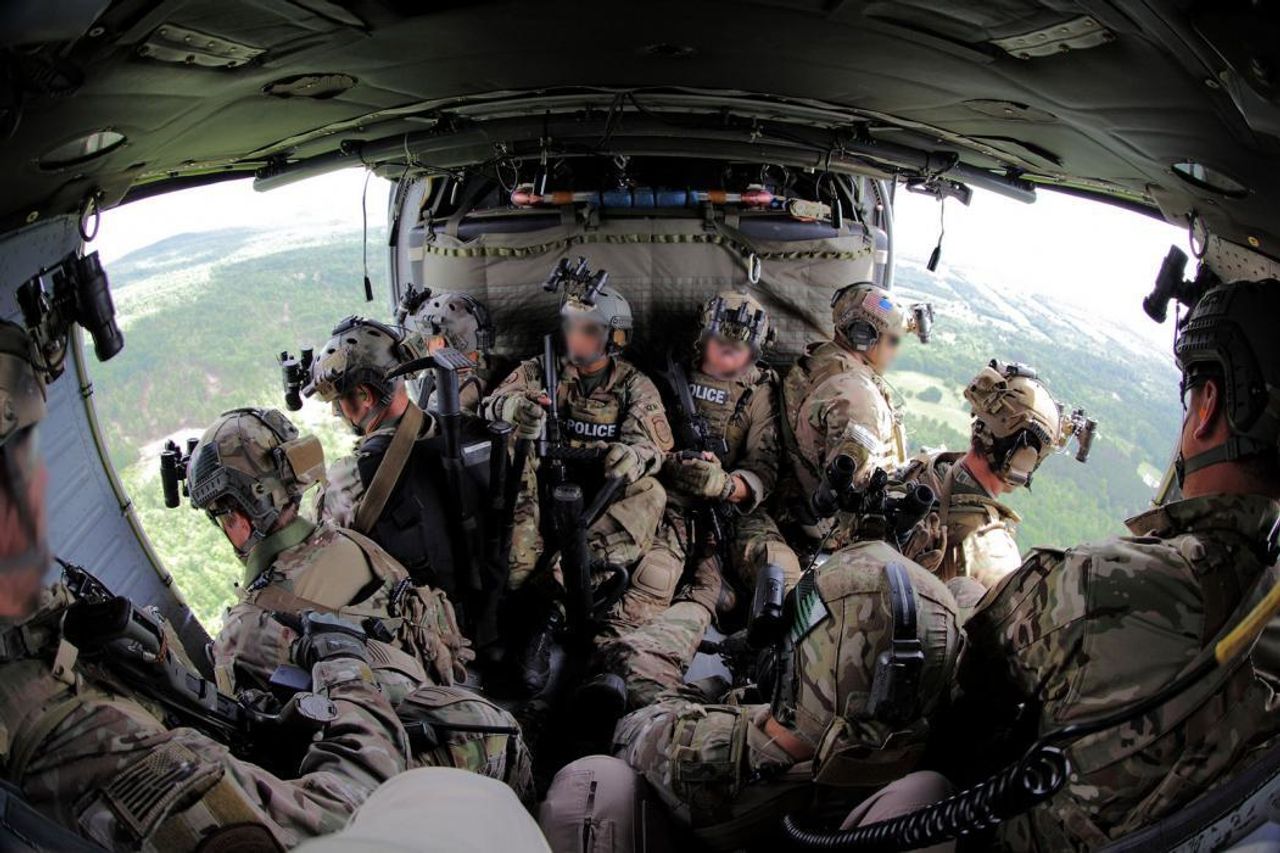
The unit was first formed in 1984 to deal with disturbances occurring within INS detention facilities. Still, this mission is now handled by INS Detention and Deportation division’s TacticalIntervention And Control (TIAC) teams. Since its inception, BORTAC has steadily expanded its scope and mission capabilities and is now a rapid response unit capable of executing both foreign and national level domestic operations.
Operations
Over the last decade or so, BORTAC has conducted several high-risk operations and has operated extensively overseas. Some of these operations have included supporting counter-narcotics operations conducted by the US Department of State, the Drug Enforcement Administration (DEA), and other Federal law enforcement organizations. During counter-narcotics operations in South America, such as Operation Blast Furnace, the unit has operated with the DEA’s “Snow Cap” teams.
BORTAC has also assisted the US Bureau of Prisons during large-scale inmate disturbances and riots. During one such operation, BORTAC, several FBI SWAT teams, the US Marshal’s Service Special Operations Group (SOG), and US Army special operations units successfully restored order at the US Penitentiary Atlanta (USPA) after Cuban inmates there rioted. In addition, they have operated with or received training from the US Coast Guard’s now-disbanded Drug Interdiction Assist Team (DIAT), US military special operations forces (SOF) such as the US Navy SEALs, and Army Special Forces, and elite police and military units of several foreign nations.

BORTAC was also deployed to Los Angeles in 1992 to help restore order after rioting broke in the wake of a not guilty verdict during a trial involving white police officers accused of beating a black motorist.
Operation Reunion
The latest high-profile operation undertaken by BORTAC occurred in April of 2000. Code named Operation Reunion, a team of BORTAC operators was tasked with executing a raid to ensure the safe return of Cuban refugee Elian Gonzalez to his father. During the operation, BORTAC, and several other INS tactical units, executed an early morning warrant on the home of Gonzalez’s Miami relatives.
Despite the huge amount of negative publicity generated by the raid and complaints of excessive force used by the BORTAC entry team, the unit showed a lot of restraint considering the amount of resistance they faced. The team successfully entered the home, removed the child, exited the area, and safely returned to his natural father, all without firing a shot.
Training and selection
BORTAC headquarters is collocated with its training unit at Biggs Army Airfield in El Paso, Texas. The BORTAC training unit is currently responsible for conducting all INS tactical team training. In addition, the unit also provides specialist training to other Federal, state, and local law enforcement agencies.
As part of a joint Department of State/ Department of Justice training program, BORTAC has also provided tactical team and counter-narcotics training to several foreign governments police, paramilitary, tactical, drug, and specialist units, including the El Salvadoran National Police’s Grupo de Respuesta Policial (GRP) tactical unit.
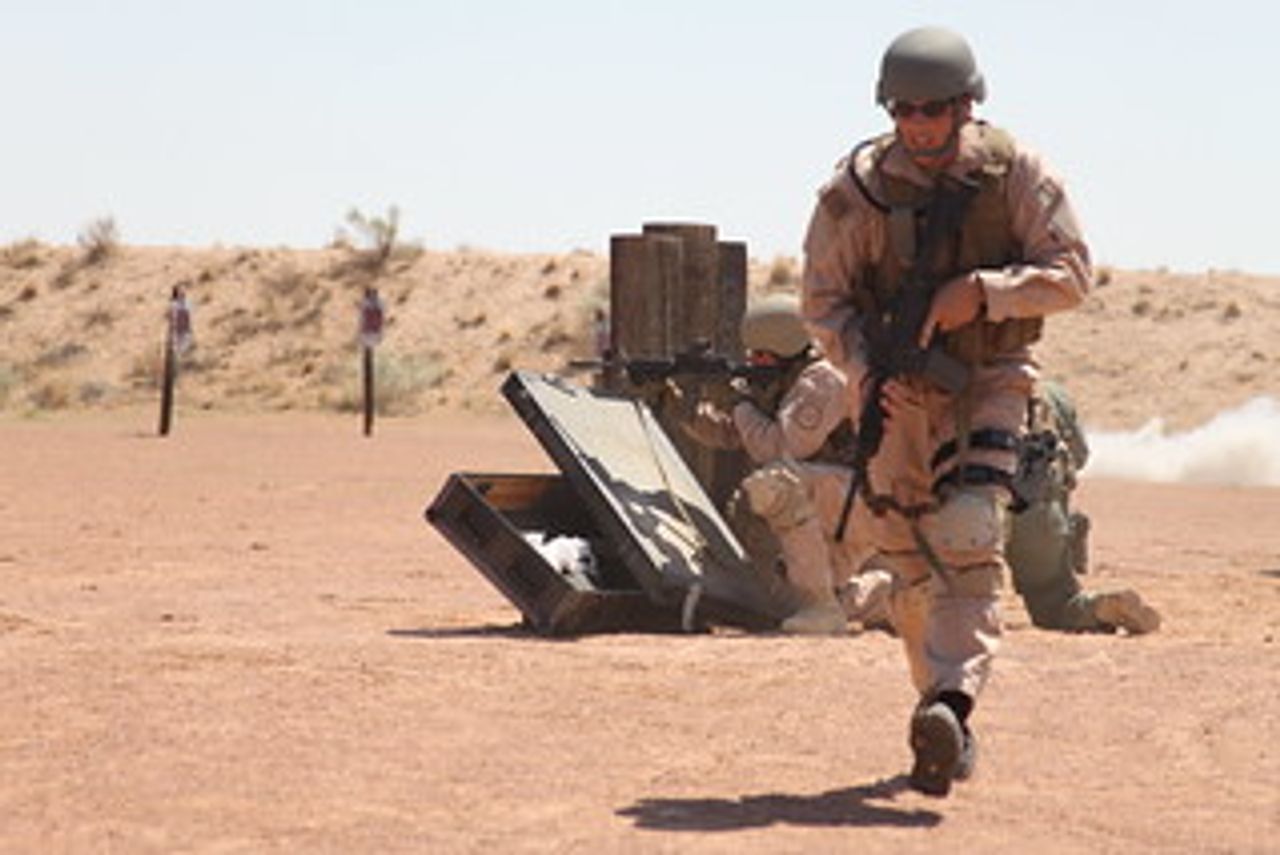
The five-week BORTAC basic training course is considered one of the most arduous training courses in civilian law enforcement. Qualified BP personnel may volunteer for the unit. After an initial screening process, including a strenuous physical fitness test, prospective BORTAC operators are scheduled to attend the next BORTAC Basic Training Session. The course covers such diverse subjects as operations planning, land navigation, patrolling, tactical tracking, rappelling, and fast roping, close-quarters battle (CQB), riot control techniques, defensive tactics, drown proofing, trauma medicine, combat firearms, and air assault operations.
As proof of the difficulty in obtaining a spot on the team and completing the initial training course graphically displayed in July of 1999, when BORTAC Basic Training Class XI graduated, the original group of BP agents applying for BORTAC membership consisted of one hundred men; of this group, sixty were eliminated during the initial physical fitness test. Of the forty remaining agents, thirty-eight reported for training, with twelve actually completing the entire course.
Gear and equipment
Because of its national and international responsibilities, BORTAC has authorized a wide range of weapons systems not normally available to other BP personnel. The following is a partial list of the approved specialized weapons available for use by BORTAC:
Pistols
- Barreta 96D 40 cal. Brigadier Service Pistol
- Heckler & Koch (HK) USP40
- SIG- Sauer P229 DAO 9mm
Rifles and shotguns
- Remington 870 12 gauge shotgun with 14″ barrel
- M4A1 carbine
- M16A1 or A2 5.56mm rifle
- M-14 7.62mm rifle
- Remington 700 .308 rifle
- Remington M40 XBKS .308 rifle
- HK 33A2 rifle
- HK53 A2 or A3 rifle
- Steyr SSG rifle
Scattergun Technologies have specially modified the Remington shotguns.
Submachine guns
- HK UMP40 .40 cal
- HK MP5 A2 or A3 9mm
Grenade launchers
- M-79 40mm grenade launcher (GL),
- M-203 40mm GL,
- 37 mm gas guns
BORTAC personnel normally wear OG-1O7 uniforms or sage green flight suits with a subdued BP patch sewn on when conducting operations. Each team member is also equipped with a Kevlar ballistic helmet and an armored assault vest. Boots worn by individual team members depend on the operator’s personal preference.



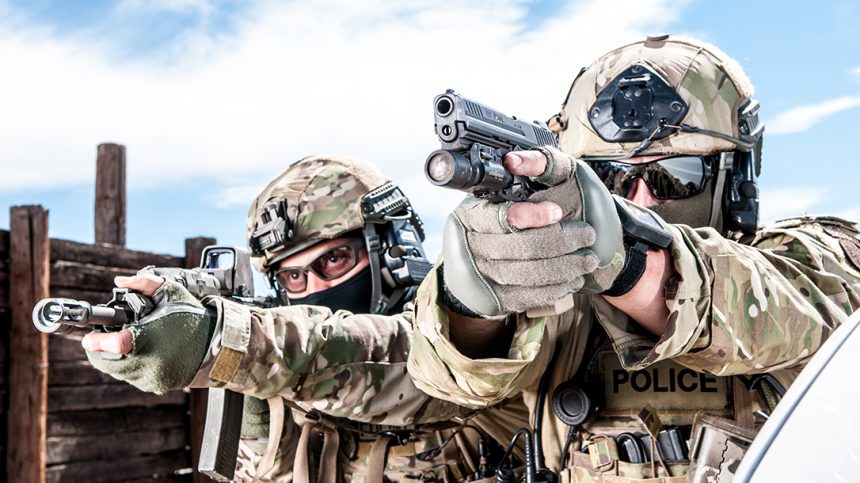
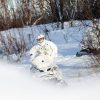
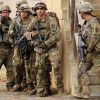
While offering an interesting historical perspective, the article seems to have been written twenty years ago before the creation of the Department of Homeland Security and Customs and Border Protection.
THE BORTAC OPERATOR WHO SAVED THE CHILDREN IN UVALDE MUST GET THE HIGHEST CIVILIAN AWARD OUR COUNTRY CAN GIVE.
This article provides valuable insights into the elite tactical unit known as BORTAC within the United States Border Patrol. Impressive operations and training highlight their dedication to ensuring border security. Well-written and informative.